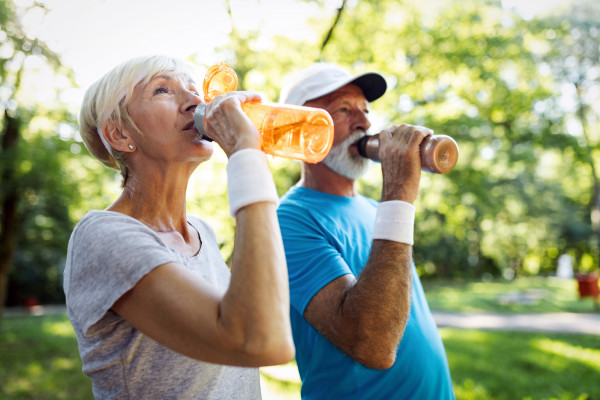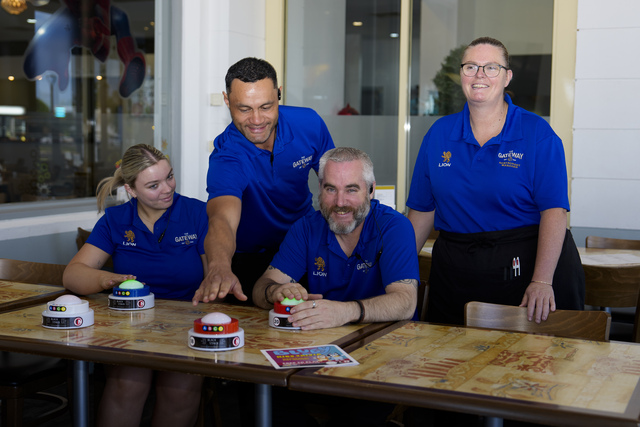MANY people thought that the COVID-19 pandemic and subsequent closure of gyms and restrictions on non-essential travel may lead to declines in overall physical activity.
However, a study conducted by Faculty of Medicine and Health, Sydney School of Public Health, at the University of Sydney last year found that the change resulted in formation of new health habits.
In other words, those who struggled with exercise pre-COVID felt more motivated and encouraged to seek movement of the body after the pandemic hit.
Here in Australia, and countries such as the UK, lockdown rules categorised exercise as an essential activity.
This has given many a much-needed nudge towards outdoor physical activity, with many people slotting in exercise around their new work-from-home schedules.
This new-found love for outdoor exercise is beyond beneficial for many health-related reasons, and long may it continue into our winter months.
But it pays to be mindful of our nutritional requirements when outdoor exercising.
‘I’m always hungry in winter’
Ever wonder why, when we are cold, we seem hungrier?
As we all know, when we get cold, we shiver.
It’s this involuntary muscle stimulation that increases metabolic rate and depletes muscle glycogen stores, which in turn promotes feelings of hunger.
While we don’t necessarily require additional calories, we do need to opt for the right fuel and fluids in order to compensate for the thermogenic effects that cool elements have on our bodies.
Fluids
One of the biggest nutritional mistakes made with cold-weather exercise is inadequate fluid intake.
Failing to drink enough fluid can be a common problem as cold can blunt the thirst mechanism.
Recommended intake is two or three cups of water in the three hours before exercise and one cup every 15-20 minutes throughout.
Water is a perfect fluid source for exercise, lasting up to an hour.
Exercise that exceeds this timeframe should be supplemented with water-based fluids that contain carbohydrates and electrolytes.
Quite often, fancy expensive sports drinks consumed for short bouts of exercise are not necessary.
Fuel for thought
When cold, the thermogenic effect of food not only raises our body temperature but also contributes to speedier post-exercise recovery.
Warm carbohydrate sources are preferable when it comes to pre-exercise nutrition.
Opting for carbo-loaded meals comprising cooked wholemeal grains, pasta and rices, potatoes and warm oats, soups and baked breads, as well as hot chocolates and milks two or three hours before a workout will raise body temperature while ensuring glycogen stores are full and available throughout exercise.
A carb-loaded snack 30-45 minutes before exercise is also highly beneficial.
Look to a toasted slice of bread with a banana and nut butter or half a cooked bagel with cream cheese for some snack inspiration.
Danielle Wilcock,
Instagram @mindbodynutrition_









